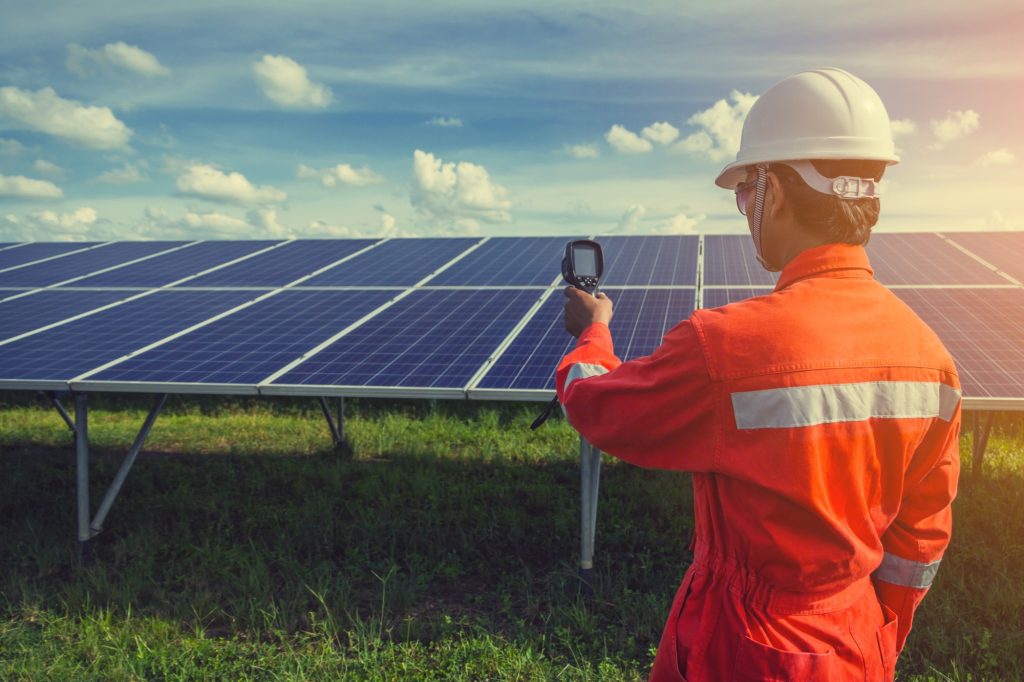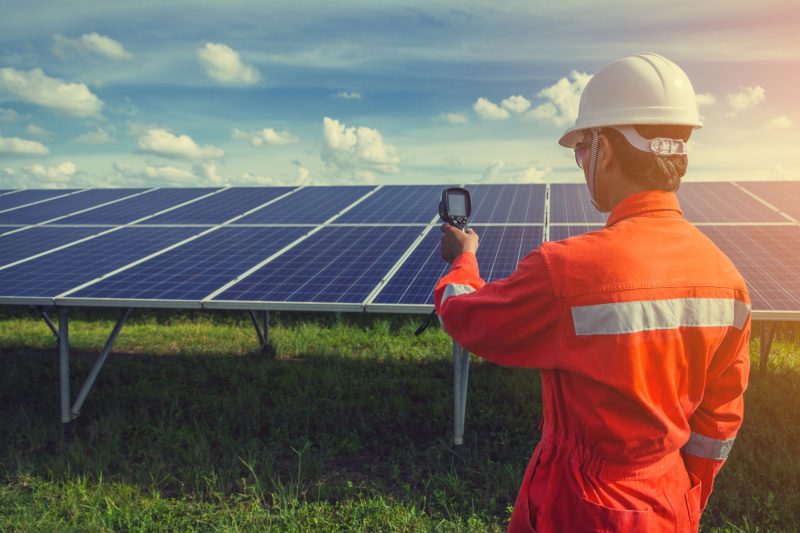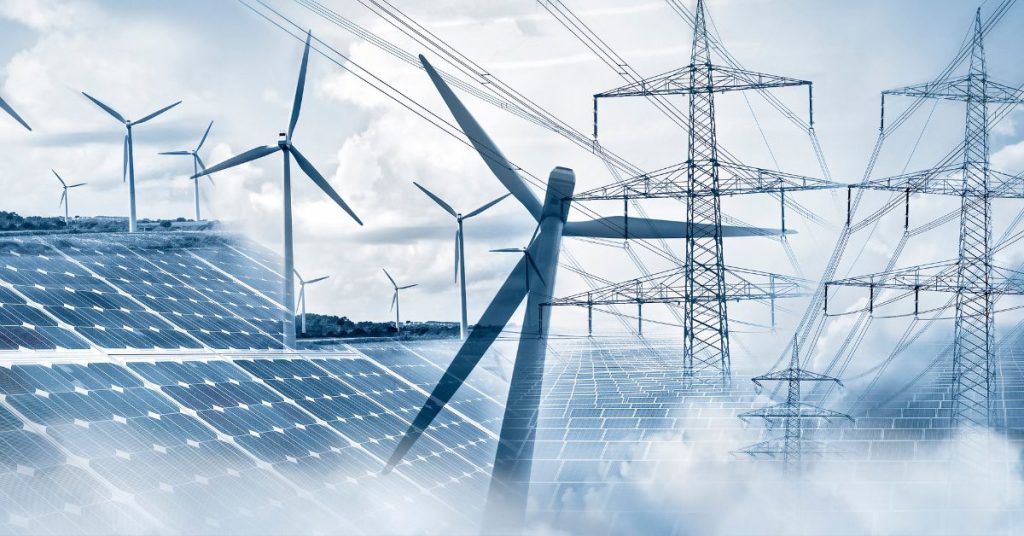
Solar Power – The Middle East’s Top Alternative Energy Source
Why Solar Energy is Leading the Region’s Renewable Revolution
Solar Power – The Middle East’s Top Alternative Energy Source
Why Solar Energy is Leading the Region’s Renewable Revolution
Slug: solar-power-middle-east
Solar Energy’s Dominance in the Middle East
While the renewable energy sector includes various technologies such as wind, biofuels, and hydro solutions, solar power has become the undisputed leader in the Middle East. By the second quarter of 2016, the region is projected to add an additional 4 gigawatts (GW) of solar projects to its rapidly expanding portfolio. With such aggressive investment, global attention is shifting toward the Middle East’s solar energy initiatives
According to a report by the Middle East Solar Industry Association, the MENA region’s solar development pipeline is expected to reach 6.8 GW by the end of the year, combining existing 2.8 GW of allocated solar projects with the new installations
Why Solar is Booming in the Middle East
This expansion is well-timed with the dramatic reduction in solar technology costs over the past decade. The price of photovoltaic (PV) modules has fallen by nearly 75% since 2009, making solar energy more affordable than ever. More importantly, the total cost of installing utility-scale PV systems has dropped by 29% to 65%, depending on the location
With declining costs and rising energy demands, governments and businesses are investing in solar at an unprecedented rate, reshaping the Middle East’s energy landscape
Solar Energy Growth Across the Region
Algeria
- Poised to unveil one of the largest solar tenders in the region, with an expected 2 GW of new capacity in 2023
- Currently has 270 MW of operational capacity and 80 MW under construction
Morocco
- Has an operational solar capacity of 160 MW
- 350 MW currently under construction
- 245 MW available for new development
Egypt
- Only 70 MW of operational capacity at present
- 1.8 GW nearing the construction phase
- Over 39 project developers working on solar initiatives
Qatar
- Announced plans in early 2016 to target 1 GW of solar power over the next few years
- Joint venture between Qatar Electricity & Water Company and Qatar Petroleum
United Arab Emirates (UAE)
- 128 MW of operational solar capacity
- Expansion underway for the Mohammed bin Rashid Al Maktoum Solar Park, adding 800 MW in Phase II
- Additional 800 MW available for Phase III tender
- Abu Dhabi expected to launch a 350 MW solar power tender
MENA’s Renewable Energy Ambitions Align with the Paris Agreement
The 2015 United Nations Climate Change Conference was a pivotal moment for global energy policies. On December 12, 2015, 195 countries signed the Paris Agreement, committing to cut carbon emissions and limit global temperature rise to below 2°C
The Middle East’s aggressive push for solar energy aligns with this commitment, positioning the region as a key player in the global transition to renewable energy
FAQs: Solar Power in the Middle East
The region has abundant sunlight, declining solar costs, and strong government investment, making solar the most viable renewable energy option
The region is projected to add 4 GW of new solar projects, bringing the total solar capacity to 6.8 GW
The United Arab Emirates (UAE), Algeria, and Egypt are among the leading investors, with large-scale projects under development
The cost of PV modules has dropped by 75% since 2009, and the overall cost of installing utility-scale PV systems has fallen between 29% to 65%
Solar energy replaces fossil fuel-based power, reducing carbon emissions and environmental impact
Interested In Our Services?
Engineering
We provide full scope engineering for solar PV and hybrid systems— from load assessment to shop drawings
Check the below for more details.
More Details
Contact Us for More Details
Fill the Form Below and We Will Get Back to You Within 24 Hours

